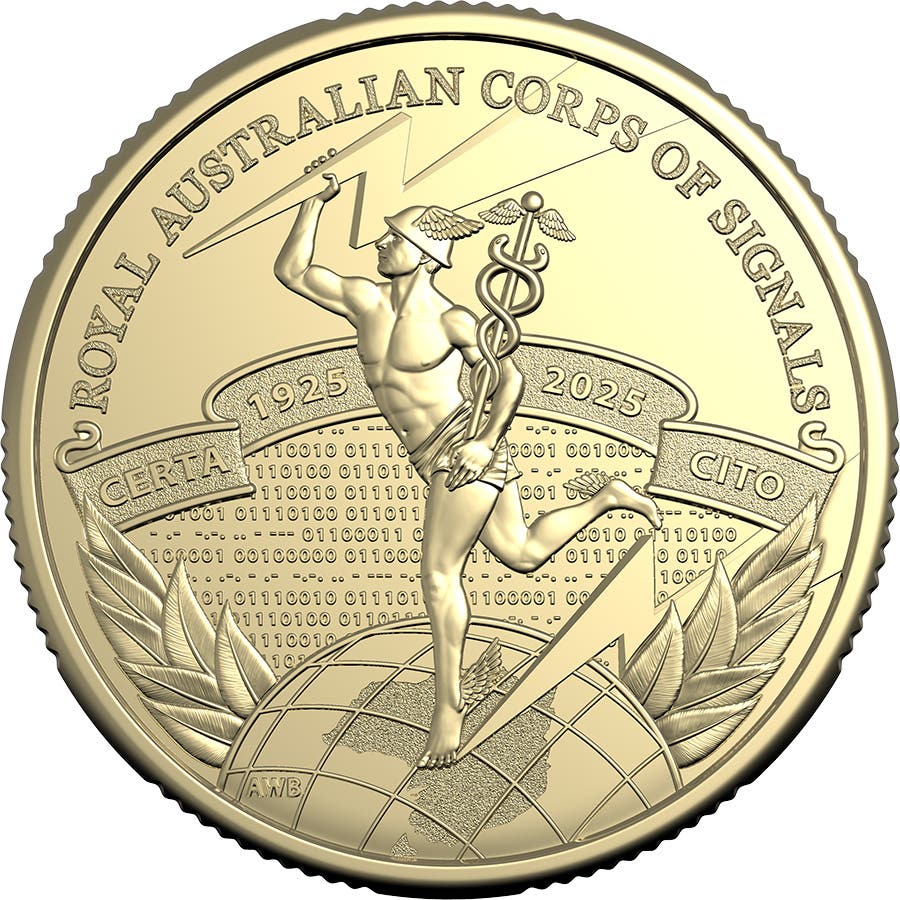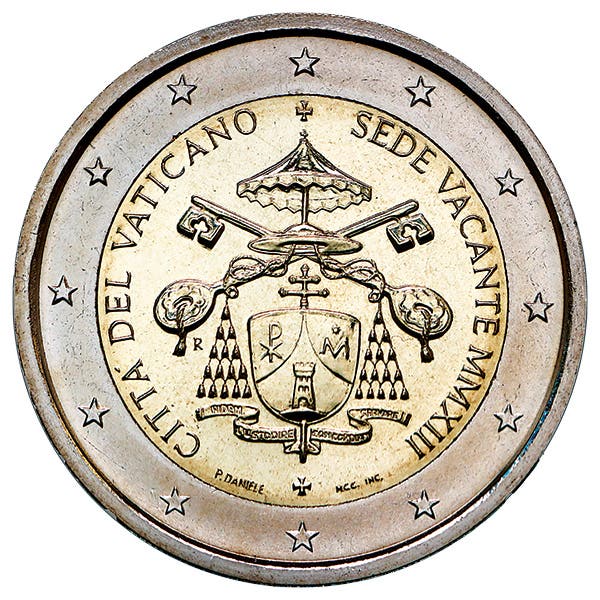Mystery marks 1861-C half eagle
Some coins are simply fascinating and the 1861-C half eagle has to be placed in that group. When you hold an 1861-C half eagle, you simply have to reflect on where this coin might have been over the years and which governing body might have been in charge of the Charlotte Mint when it was struck.
Some coins are simply fascinating and the 1861-C half eagle has to be placed in that group. When you hold an 1861-C half eagle, you simply have to reflect on where this coin might have been over the years and which governing body might have been in charge of the Charlotte Mint when it was struck.
The date looms very large in the story of the 1861-C half eagle. Actually, 1861 looms large in the history of the United States, for it marked the start of the Civil War.
It was natural that the Charlotte, Dahlonega and New Orleans mints would interest state officials as they began to secede because the facilities were likely to have some amounts of coins or at minimum, gold and silver, a financial boon for the seceding states.
In fact, the three mints were basically soft targets. They were all located far behind the initial lines dividing the North and the South. If attacked, there was no possibility of the facilities getting help in time, so they would fall easily to the South.
Indeed, the same basic story repeated itself at each facility, as state officials showed up to take control with little to no problems. Then after being run or at least occupied by state authorities for a few months, the facilities were turned over to the Confederate States of America when each of the three states joined the Confederacy.
The situation in Charlotte and Dahlonega was simple since the two facilities only made gold coins. In the first months of 1861 at Charlotte, records show that 3,948 half eagles had been produced while the facility was under U.S. control. After being taken over by the state of North Carolina, 2,931 more are thought to have been struck. Once turned over to the Confederacy, an additional 887 half eagles are believed to have been produced, for a total of 7,776.
With that mintage, any 1861-C half eagle is going to be desirable, and that is seen in a $1,500 price in F-12 with an MS-60 listing for $25,000.
Like what you're reading? Subscribe to our FREE email newsletter![form id="27827"]
One of the big issues over the 1861-C is who was in charge of the facility when specific examples were made. It is a natural question, as some collectors would like a Confederate half eagle or even a North Carolina half eagle.
It has been suggested that coins made from rusted dies and with die cracks through the tops of “AMERI” were made when the facility was under Confederate control. That is certainly a possibility, but we cannot prove it. “It is impossible to positively identify those pieces struck during the control of the Confederacy,” observed Doug Winter.
Winter is right, as dies can crack and rust can form on dies at any time. It is more likely that coins not from rusty dies or with die cracks are earlier, and therefore perhaps U.S. products, but there is no way to say for sure which governing body was in charge of the Charlotte Mint when the die cracked or the rust formed.
What we can say with certainty is that the l86l-C is a tough half eagle. The Numismatic Guaranty Corporation and Professional Coin Grading Service each report less than 100 1861-C half eagles, with a scant handful of those being Mint State.
Additionally, it is impossible to know how many of the numbers from the two grading services are coins submitted more than once. In the case of the 1861-C half eagle, having a number of coins sent in a few times would not be surprising.
The situation with the 1861-C might mean frustration for anyone wanting a half eagle definitely produced by the Confederacy, but it’s great for those who simply want a coin with an interesting story. In fact, when it comes to interesting stories, it is really hard to find a better coin than an 1861-C half eagle. It’s a classic Civil War souvenir and the last coin produced at Charlotte, and those two factors alone make it a great coin.
More Coin Collecting Resources:
• Subscribe to our Coin Price Guide, buy Coin Books & Coin Folders and join the NumisMaster VIP Program








